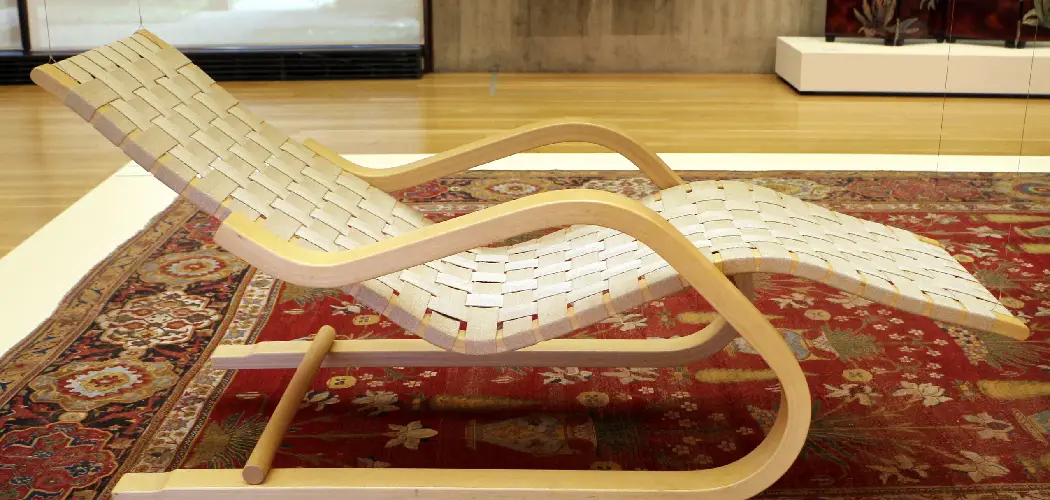Have you ever sat down in your favorite chair only to find that it sags, wobbles or creaks when you try to relax in it? Don’t despair; with the right supplies and know-how, fixing a lounge chair is simpler than you think.
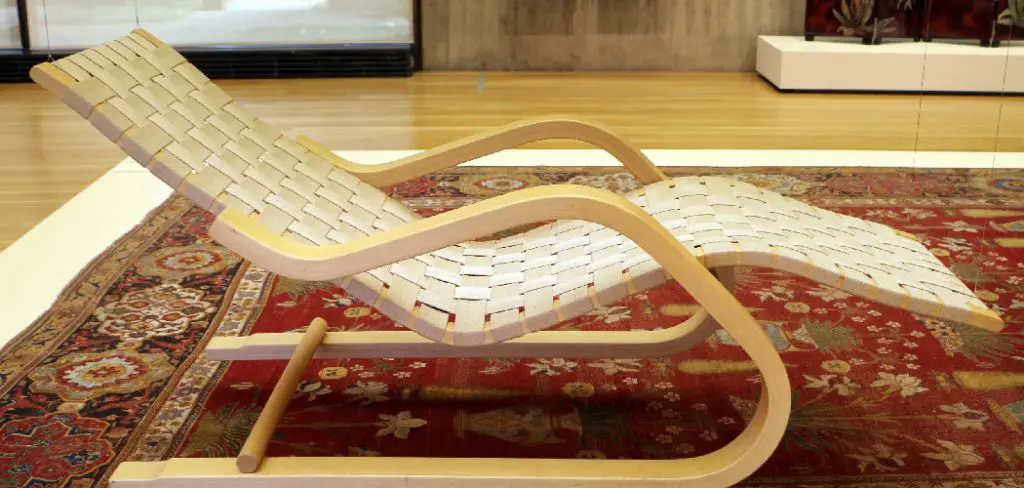
Whether your lounge chair has come loose at the screws, dowels, joints, or other parts of its structure over time, we’ll show you to fix a lounge chair so that it’s just as good as new again! Read on for our comprehensive guide on how to fix a lounge chair.
Can Mesh Chairs Be Repaired?
The answer is yes. Mesh chairs can typically be fixed by tightening all screws and dowels, replacing or fixing any damaged or broken parts, and replacing the mesh material if necessary.
Tightening all screws and dowels is the best first step for fixing a lounge chair, as this can often resolve any wobbles or creaks you may be experiencing in your chair. Additionally, if any of the mesh material in your chair has become worn or torn, it may need to be replaced.
10 Methods How to Fix a Lounge Chair
1. Inspect the Lounge Chair:
First, take a look at the lounge chair to see where it needs repair. Check for any loose screws or dowels, and make sure all joints are secure. If there are any squeaks or rattles, tighten screws and joints where necessary.
Check the upholstery for any rips, tears, or stains to see if it needs to be patched or reupholstered. Though it may be tempting to try and fix the item yourself, it is advisable to call a professional if you are having difficulty.
2. Tighten Screws:
If you find any loose screws or dowels, use a wrench or screwdriver to securely tighten them in place. Then, check to make sure they are evenly tightened and don’t wobble or move when you touch them. Re-tightening screws is an easy and cost-effective way to prevent further damage or wear on the furniture.
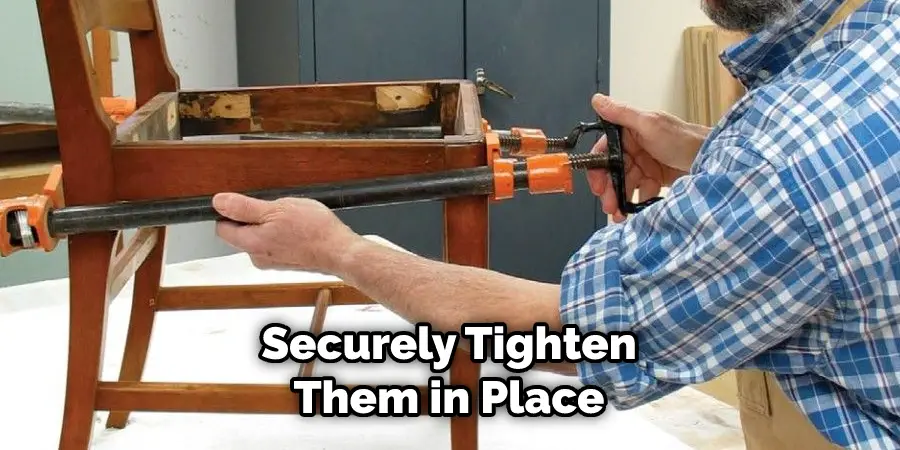
While you’re at it, check the glue and dowels on any joints that are holding parts together. If you find any weak areas, apply a strong adhesive to secure the joints. This will help you keep your furniture in optimal condition and extend its life.
3. Replace Damaged Parts:
If any of the parts have become damaged (e.g., broken joints or cracked feet), these should be replaced before continuing with the repair process. Although some parts may be able to be repaired, if they are beyond repair or too expensive to replace, then they should be replaced with new parts.
In some cases, it may be easier and cheaper to purchase a new piece of equipment than to repair the existing one. Make sure to buy the same brand and model as the existing one to ensure a proper fit.
4. Re-Glue Loose Joints/Connectors:
Use wood glue to reattach any loose connectors that may have come undone over time. Let the glue dry completely before using the chair again, as glue typically needs 24 hours to fully set.
Although this option is best for wooden chairs, you can also use super glue or epoxy to reattach metal connectors. Make sure the pieces are properly lined up and secure before the glue sets. If you are unsure about this technique, it may be best to consult a professional. Try to avoid using too much glue, as this can cause the pieces to become stuck together and difficult to disassemble.
5. Replace Mesh Material:
If the mesh material in your chair has become worn or torn, it may need to be replaced. You can either buy replacement mesh from a local hardware store or online or contact the original manufacturer for repairs and replacements.
However, if you don’t feel comfortable doing the repairs yourself, it may be best to hire a professional upholsterer for the job. Make sure to measure the dimensions of your chair’s mesh material before purchasing a replacement. This will ensure that you get the right size and fit for your chair.
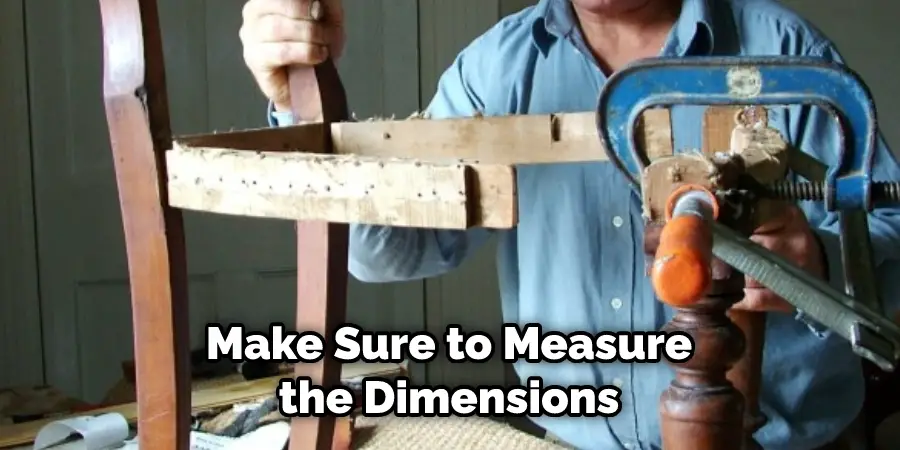
6. Invest in Chair Glides/Levelers:
To prevent further damage and wear and tear on your lounge chair, consider investing in furniture glides (also known as levelers) which help keep chairs from rocking and wobbling over time. Glides come in a variety of shapes and sizes, so you can find the right size for your lounge chairs. Make sure to properly install the glides and check them regularly to ensure they stay in place.
Doing so will help keep your lounge chairs from becoming wobbly or unstable, which can cause the joints to become loose over time. Additionally, the glides will help protect your floors from becoming scratched or damaged. Investing in chair glides is a simple and inexpensive way to extend the life of your lounge chairs.
7. Use Carpet Pads:
For extra cushioning and support, use furniture pads, such as carpet pads, to add comfort while also protecting your floor from damage. If you have hardwood floors, you can use furniture-grade felt pads to protect them from scratches and dents.
If your flooring is carpeted, use a carpet pad to prevent the furniture from sinking into the flooring and causing wear and tear. You can find these pads at your local hardware store or online. However, make sure you read the instructions carefully before installation to ensure proper use.
8. Re-Stuff the Cushions:
If the cushions on your lounge chair have become lumpy or flattened, you may need to re-stuff them to provide better support and comfort. Start by removing the cushion covers and setting them aside. Make sure you carefully note how the cushion cover is attached so that you can put it back on properly.
Then take out as much stuffing as possible and set it aside, as you’ll need it to re-stuff the cushion. Depending on the type of cushion, you can purchase new foam or batting from your local craft store to use as stuffing.
9. Cover Your Chair with a Slipcover:
To protect your lounge chair from further wear and tear, consider investing in a slipcover that can be easily removed for washing when necessary. Slipcovers provide an extra layer of protection that can help to keep your chair looking like new for years. Make sure to choose a slipcover that is made from durable materials and is easy to clean.
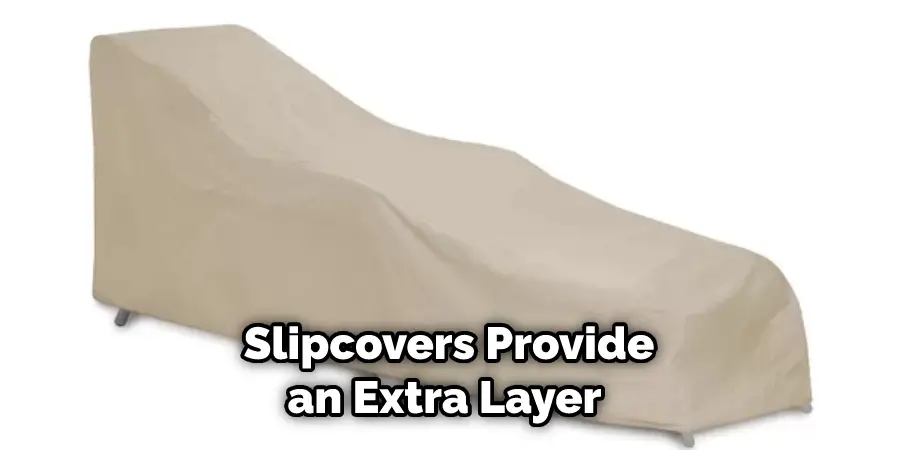
This can go a long way in keeping your seat looking great. However, it is important to note that slipcovers are generally not very comfortable and can make sitting on a chair an uncomfortable experience. Consider using a cushion or a throw blanket to make your seat more comfortable when using the slipcover.
10. Get Professional Assistance:
If all else fails, it’s always best to get professional help from an upholstery expert or furniture repair specialist who can properly inspect the chair and make any necessary repairs or replacements. This will ensure that the chair is safe to use and will last for many more years.
Professional help might come with a higher cost, but it is worth it to make sure you get the best possible results. Don’t risk your safety or the longevity of your chair – get professional help if you’re unsure how to fix the problem. This will also give you peace of mind that your chair is in good hands and can be enjoyed for many years to come.
Following these steps should help you fix a lounge chair quickly and effectively. With the right supplies and knowledge, you can have your favorite chair back in good shape in no time. Happy relaxing!
Secret Tips When Fixing a Lounge Chair
- Inspect the frame and make sure it is free of any damage. If there are loose joints or broken parts, they should be repaired or replaced before continuing.
- Tighten any loose screws or bolts with a screwdriver, Allen wrench, or another appropriate tool.
- Clean the frame and cushions to remove dirt and debris that can cause wear over time.
- Check for wearing upholstery and replace it if necessary for added comfort and support.
- Re-stuff cushion cores with new foam or batting as needed to restore shape and firmness.
- Install chair glides on the legs of the lounge chair to ensure that it doesn’t scrape or scratch the flooring.
- Place furniture-grade felt pads or a carpet pad beneath the chair to protect your floor from damage.
- Re-stuff the cushions if they have become lumpy or flattened over time.
- Cover your chair with a slipcover for extra protection and easy cleaning when necessary.
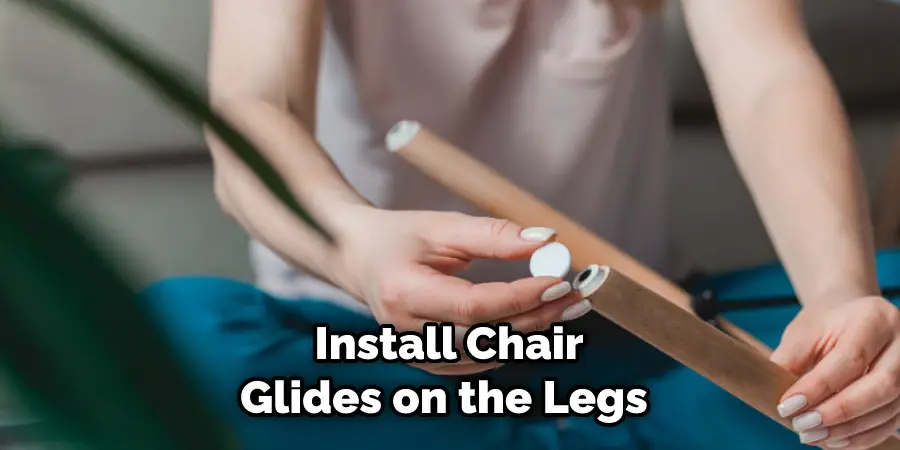
Conclusion
These are ten different ways that you can fix a lounge chair. We hope that one of these methods will help you take care of your problem so that you can continue to enjoy your furniture for years to come.
So, there you have it! A few simple tips on how to fix a lounge chair. With a little bit of time and effort, you can have your lounge chair looking as good as new in no time. Thanks for reading and happy fixing!

